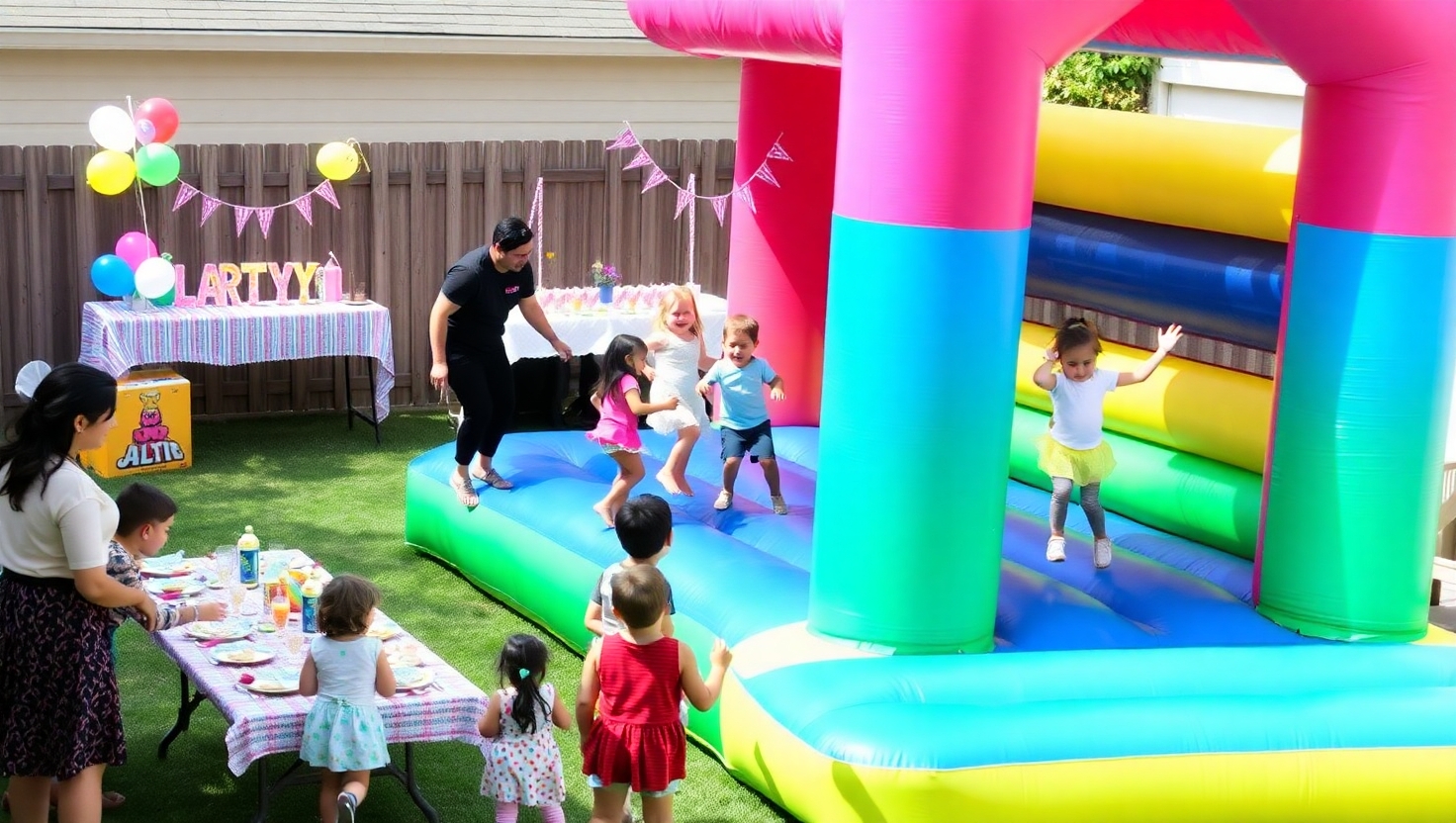
All you want to know about us
Click here to share this article

Bouncy castles are a popular attraction for parties, events, and commercial rental businesses. However, one of the most common questions among buyers and operators is: How long do bouncy castles last? The lifespan of a bouncy castle depends on several factors, including material quality, frequency of use, maintenance practices, and storage conditions. In this comprehensive guide, we will explore all aspects that influence the durability of inflatable castles and how you can maximize their lifespan.
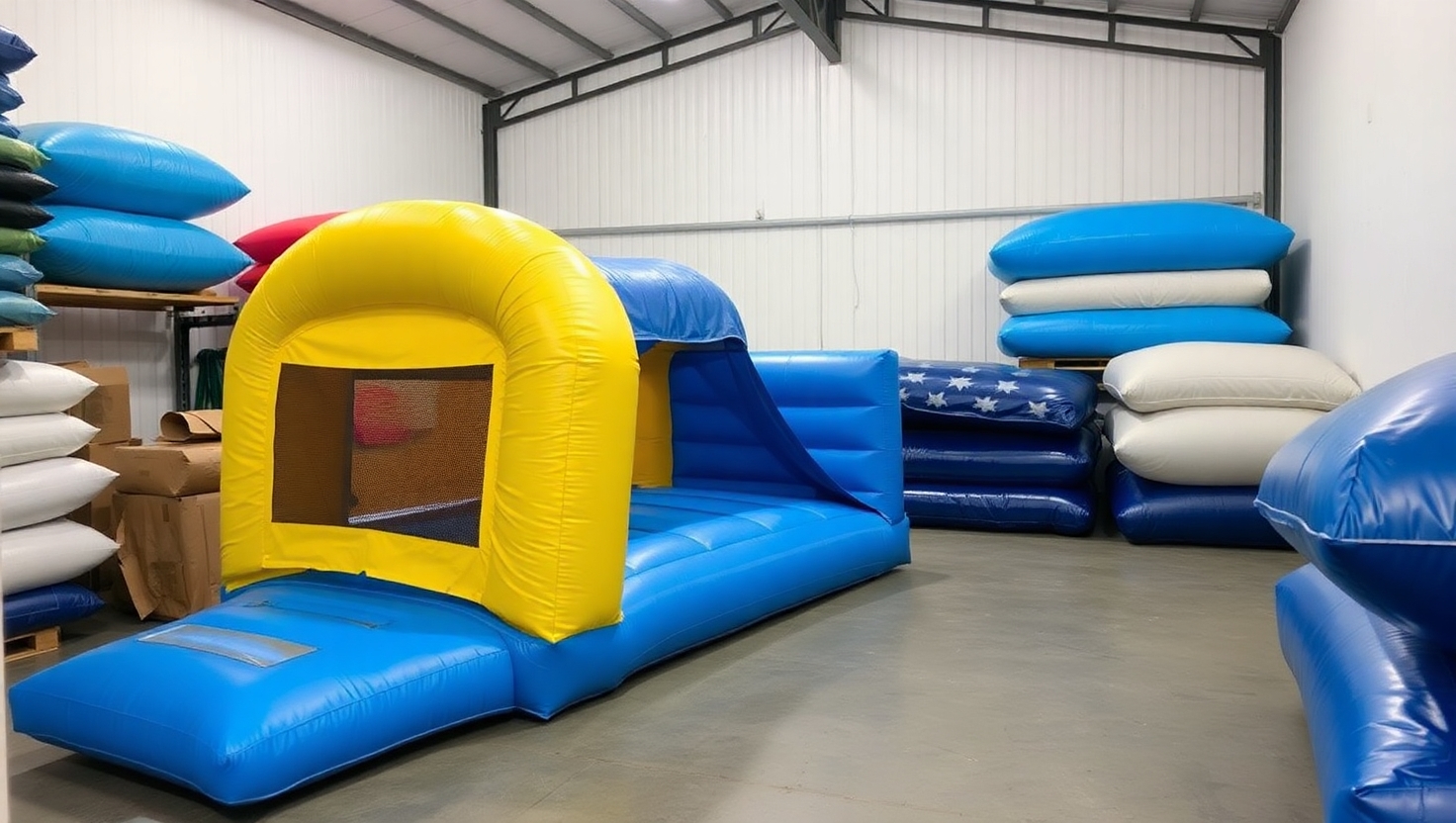
Factors That Influence the Lifespan of a Bouncy Castle
1. Material Quality and Construction
The durability of a bouncy castle largely depends on the materials used in its construction. Commercial-grade bouncy castles are typically made from high-quality PVC or reinforced vinyl, while lower-end residential inflatables may use lighter nylon materials.
PVC and Vinyl Inflatables: These are built with multiple layers and reinforced seams to withstand heavy usage. High-quality PVC bouncy castles can last between 5 to 10 years with proper care.
Nylon Inflatables: Typically used for home use, these materials are less durable and may only last 1 to 3 years, especially with frequent use.
2. Frequency of Use
The more frequently a bouncy castle is used, the faster it will wear out. Commercial rental companies that operate daily or weekly rentals will notice signs of wear much faster than an individual who only inflates their unit for occasional backyard parties.
Daily use (rental businesses): Lifespan of 3 to 5 years with proper maintenance.
Occasional use (personal/home use): Lifespan of 5 to 10 years.
3. Proper Maintenance and Cleaning
Regular maintenance significantly extends the lifespan of a bouncy castle. Neglecting proper care can cause rapid deterioration. Key maintenance practices include:
Routine Inspections: Check for small punctures, weakened seams, and fabric thinning.
Thorough Cleaning: Remove dirt, debris, and moisture to prevent mold, mildew, and fabric degradation.
Immediate Repairs: Address minor damages promptly to prevent further deterioration.
4. Storage Conditions
Storage plays a vital role in preserving the integrity of a bouncy castle. Improper storage can lead to damage even when the unit is not in use.
Dry Storage: Always ensure the inflatable is completely dry before storing it to prevent mold.
Temperature Control: Store in a cool, dry place away from direct sunlight, extreme temperatures, or rodents.
Proper Folding and Packing: Avoid creases that may weaken the fabric over time.
5. Weight Limits and Overuse
Every inflatable has a recommended weight capacity. Exceeding this limit can lead to:
Premature stretching of the seams.
Increased risk of air leaks and punctures.
Reduced overall lifespan.
6. Environmental Exposure
Outdoor use exposes bouncy castles to UV radiation, moisture, and debris. Sun exposure weakens materials, while prolonged contact with water can cause mildew or weaken stitching.
UV Protection: Use UV-resistant coatings or covers when storing outside.
Moisture Management: Keep inflatables dry after use.
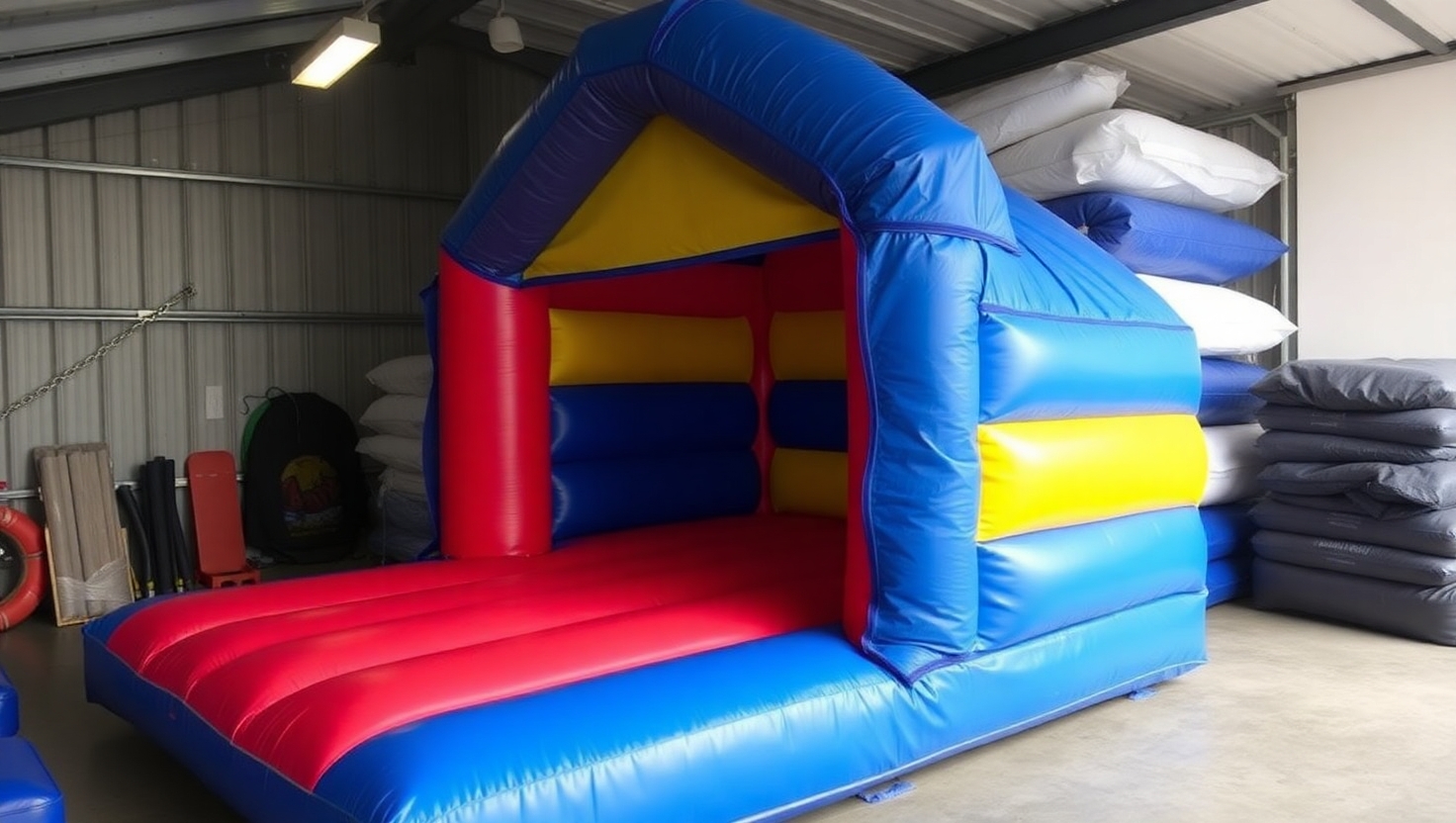
How to Extend the Life of a Bouncy Castle
1. Use Protective Ground Sheets
Placing a heavy-duty ground tarp underneath the bouncy castle prevents direct contact with rough surfaces, reducing abrasion and potential punctures.
2. Implement a Strict Cleaning Schedule
A weekly or bi-weekly cleaning schedule helps prevent dirt buildup, bacteria growth, and premature fabric wear. Use mild soap and water to clean surfaces and avoid harsh chemicals that can degrade materials.
3. Train Users on Proper Usage
Educate users and staff on proper safety protocols, including:
No shoes inside the inflatable.
No sharp objects, food, or drinks.
Avoid rough play that could damage the seams.
4. Regular Repair and Reinforcement
Even small punctures can expand over time if left unchecked. Use repair patches, industrial-grade adhesives, and seam reinforcements to fix minor issues before they escalate.
5. Rotate Inflatables in a Rental Business
For rental businesses, rotating inflatables can evenly distribute wear and tear, preventing any single unit from deteriorating too quickly.
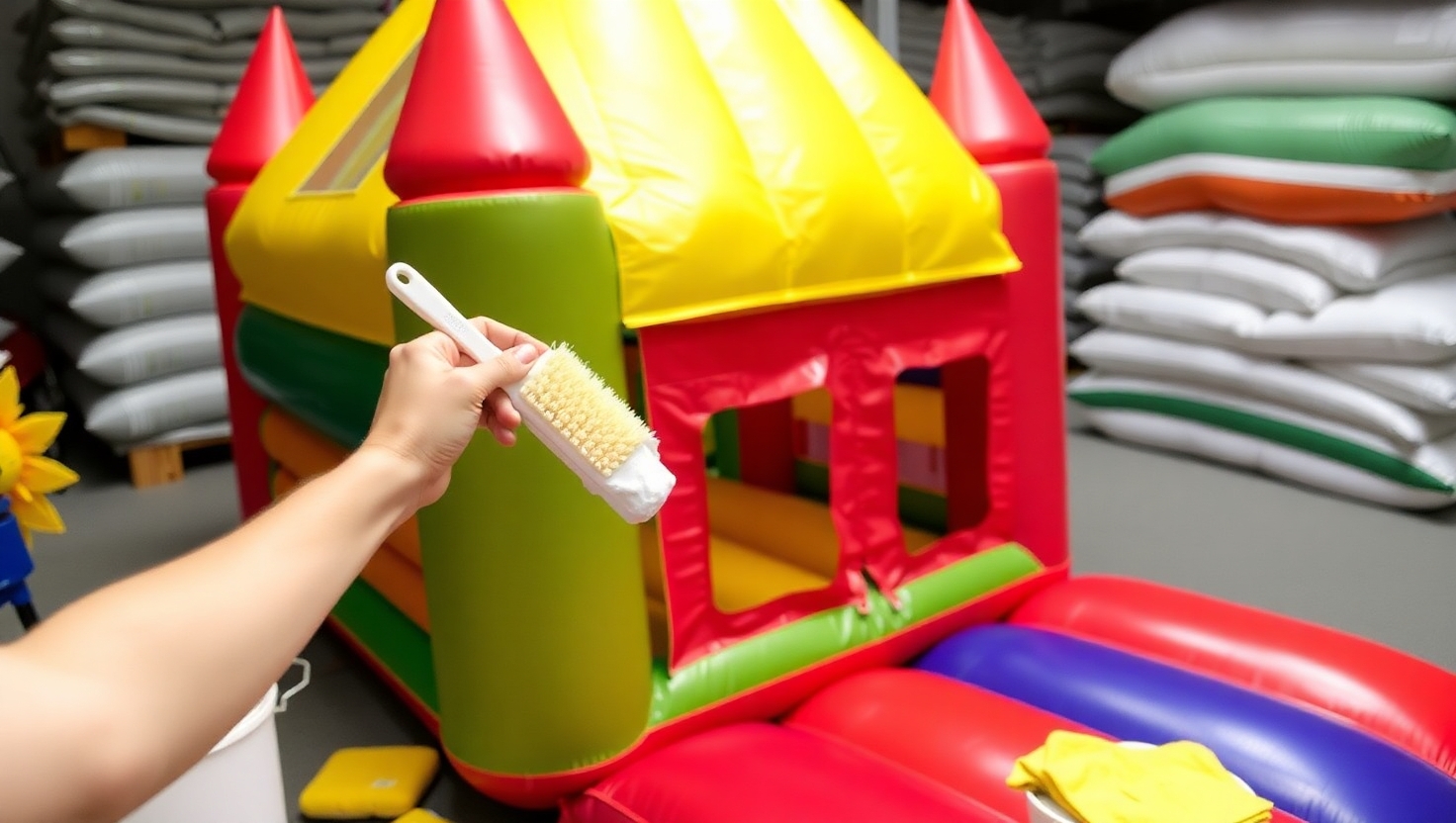
Signs It’s Time to Replace a Bouncy Castle
Even with proper care, bouncy castles will eventually reach the end of their usable lifespan. Here are common indicators that a replacement is needed:
Persistent Air Leaks: If constant patching is required, it may be time to invest in a new unit.
Fabric Thinning: Worn-out material can no longer handle stress and may tear easily.
Seam Damage: If seams are splitting or no longer hold air properly, the structure is at risk of failure.
Fading and Brittle Texture: UV exposure causes material degradation, making it prone to cracks and tears.
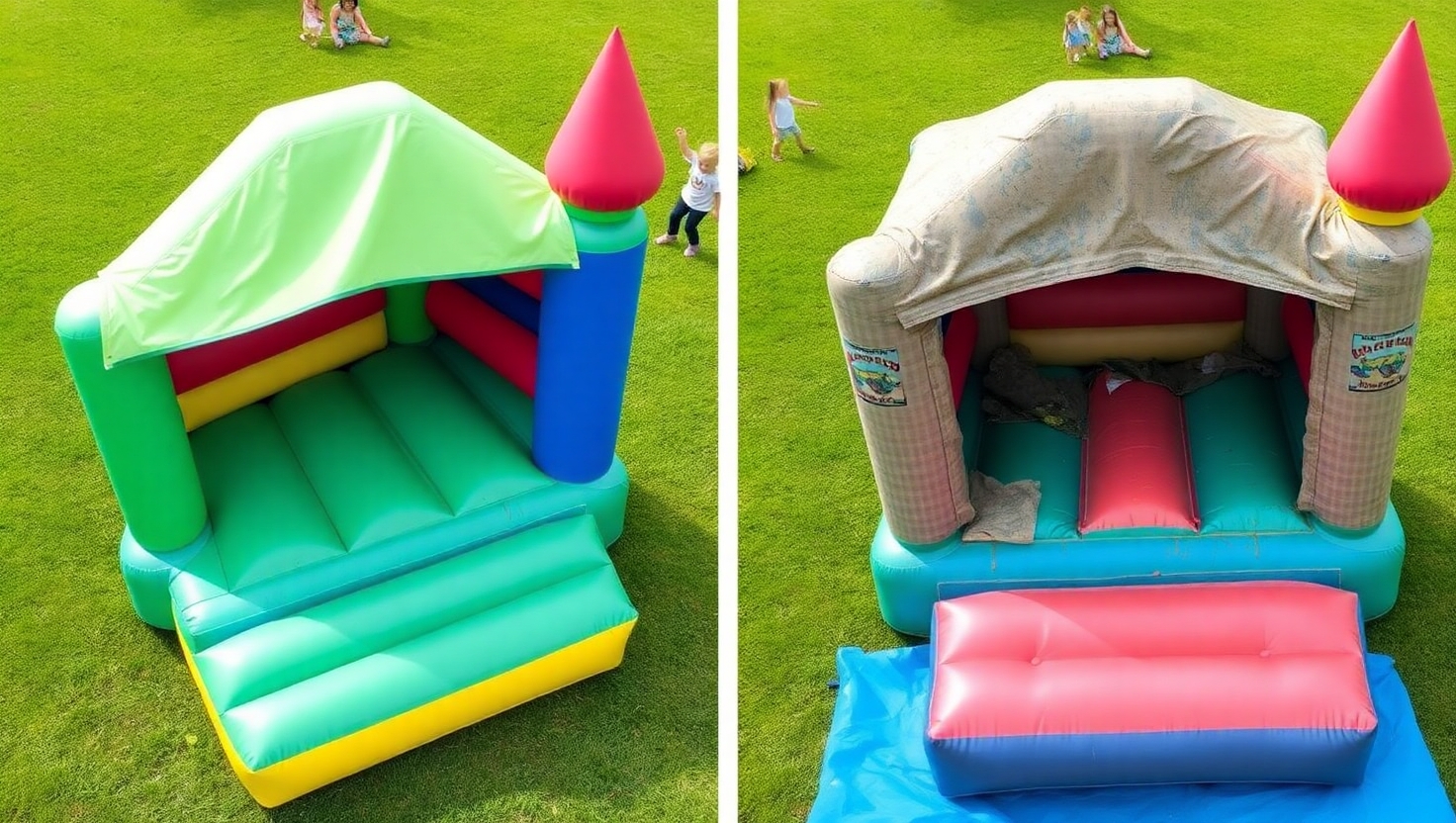
Conclusion
A high-quality bouncy castle can last anywhere from 3 to 10 years, depending on factors like material, usage frequency, maintenance, and storage conditions. By following best practices in care and repair, owners can maximize the lifespan of their investment, ensuring safety, reliability, and continued enjoyment. Whether you own a rental business or a personal inflatable for backyard parties, proper upkeep will significantly extend the life of your bouncy castle and help you get the best return on your investment.